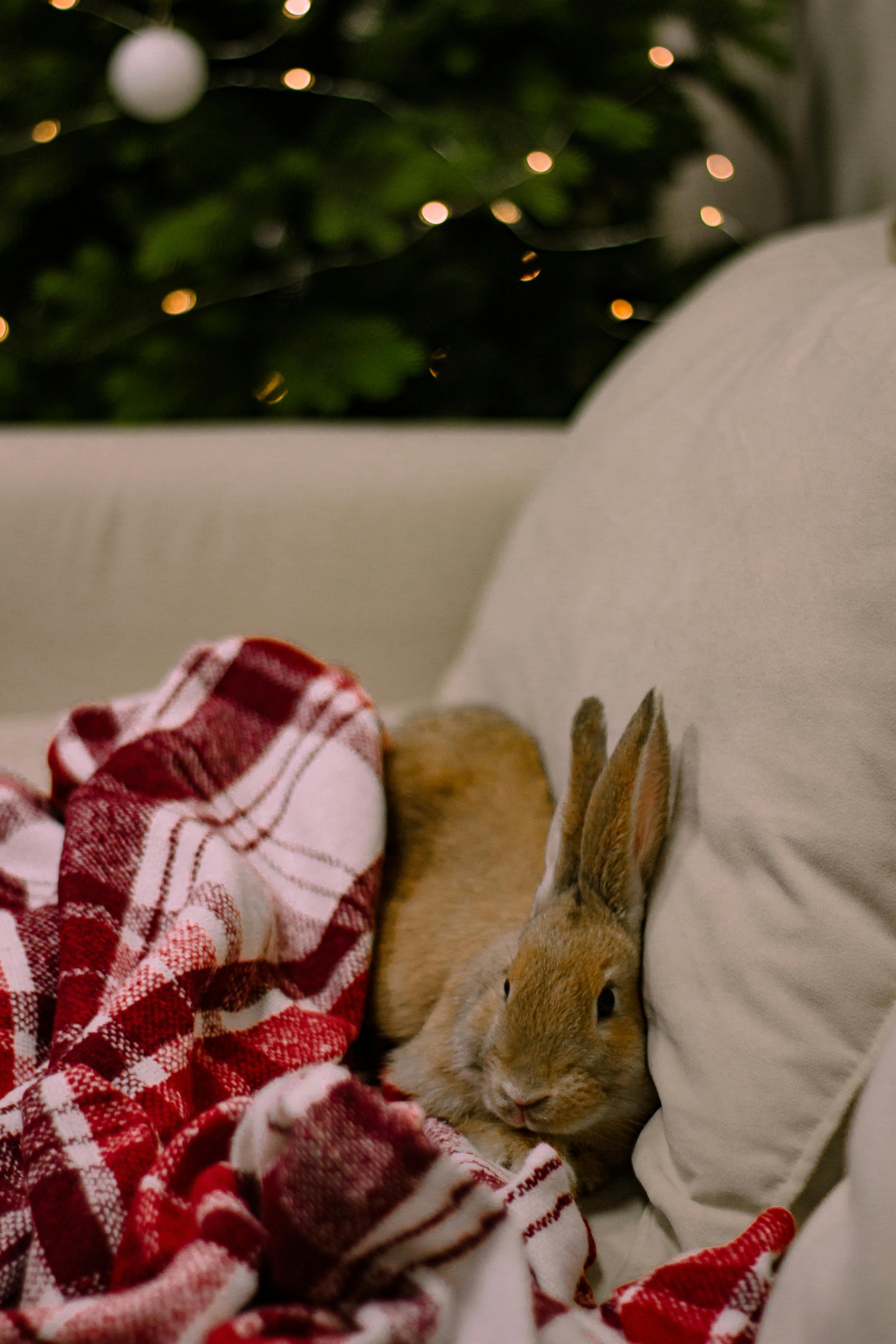Smart Guide to Clownfish Tank Size: Essential Tips for 2025
Clownfish are popular and engaging marine pets for many aquarists, known for their vibrant colors and unique personalities. Understanding the right clownfish tank size is crucial for ensuring a healthy and thriving environment for these fish. Choosing the correct size is not just about water volume but encompasses various factors such as clownfish aquarium requirements, habitat conditions, and social behaviors.
This article will guide you through the essential aspects of clownfish tank sizes, including optimal dimensions, habitat compatibility, and setup instructions. With the right knowledge, you can create a suitable environment for your clownfish, enhancing their health and wellbeing. Key takeaways will focus on managing clownfish tank maintenance, understanding their feeding habits, and ensuring they have plenty of space to thrive.
Essential Clownfish Tank Dimensions
Determining the ideal clownfish tank dimensions is vital for their health. Clownfish typically require a minimum of 20 gallons for a pair to thrive, but larger sizes are always better, especially for breeding scenarios. The idea is to provide adequate swimming space and help maintain stable water parameters. Generally, a tank with at least 30 gallons is recommended for more robust water quality management.
Understanding Tank Volume
The appropriate clownfish tank volume directly affects their overall wellbeing. It is essential to position fish within tanks where water quality can be easily managed. A larger tank diminishes the impact of waste build-up, making it easier to maintain optimal water quality parameters essential for clownfish survival.
Best Size for Clownfish Breeding
If you’re considering breeding clownfish, a dedicated breeding tank of about 30-50 gallons is ideal. It provides necessary space for both the adult fish and their fry to grow without stress. Beyond dimensions, the environment must include suitable hiding spots and territories to reduce territorial conflicts.
Optimal Size for Tank Mates
When housing clownfish with other species, like damselfish or gobies, you should take into account their social structure. For each additional species, consider increasing your tank size by at least 10 gallons to ensure all species have adequate space to inhabit without overcrowding.
Clownfish Habitat and Environment Requirements
Clownfish thrive in diverse marine habitats, typically in shallow coral reefs, emphasizing the need for a well-planted and structured aquarium. Recreating a clownfish-friendly environment involves elements such as adequate clownfish hiding spots and suitable substrate for nesting.
Creating Adequate Territory
Clownfish are territorial by nature. When setting up their habitat, it is crucial to design spaces where they can establish dominance without conflict. This can be enhanced by adding larger aquascapes with rocks and plants as barriers or hideouts within the tank, allowing for natural behavior patterns to emerge.
Managing Clownfish Water Conditions
The clownfish water conditions must be maintained regularly. This includes monitoring temperature ranges between 76°F and 82°F, and salinity levels should be kept at approximately 1.020-1.025 specific gravity. These parameters help recreate their natural habitat and promote healthy growth.
Lighting and Filtration Needs
Proper clownfish lighting needs are vital for the overall health of your aquarium. Using LED or T5 lighting mimics the sunlight clownfish would encounter in the wild. Additionally, setting up a reliable clownfish tank filtration system is essential. A high-quality filter helps maintain clean water, critical for clownfish health, reducing stress and disease incidence.
Clownfish Care Guide: Feeding and Maintenance
Proper clownfish care guide includes a consistent feeding regimen and regular maintenance tasks to ensure their health. Consistent monitoring of their food intake reduces competition and stress among tank mates.
Feeding Habits and Schedule
Understanding clownfish feeding habits is essential. They are omnivores, requiring a diet rich in both meat and plant-based materials. High-quality flakes, pellets, and frozen foods (like chopped shrimp and marine algae) should be included in their diet. A feeding schedule of 1-2 times daily is generally beneficial.
Child Care Routine and Maintenance
Adopting a routine maintenance protocol is crucial. Regular water changes (about 10-15% weekly) maintain clownfish water quality, whereas cleaning the substrate and filters ensures that decaying waste does not accumulate. Scheduling these tasks monthly can greatly enhance their living conditions.
Best Practices for Health Checks
Regular health checks are essential for clownfish. Look for signs such as erratic swimming, color fading, or lack of appetite. Regular observation helps in the early detection of health issues, allowing for intervention at the right time.
Conclusion: The Importance of Proper Clownfish Habitat Setup
Understanding and implementing proper clownfish tank sizes, along with habitat setup, significantly impacts their health and happiness. An ideal environment, complete with suitable lighting, filtration, and water quality, fosters their social interactions and biological needs.
By following this smart guide, aquarists can create a thriving aquarium that meets their clownfish's essential requirements. Whether you're a beginner or an experienced fish keeper, the insights provided here will help ensure you set up the ideal clownfish living space.
```